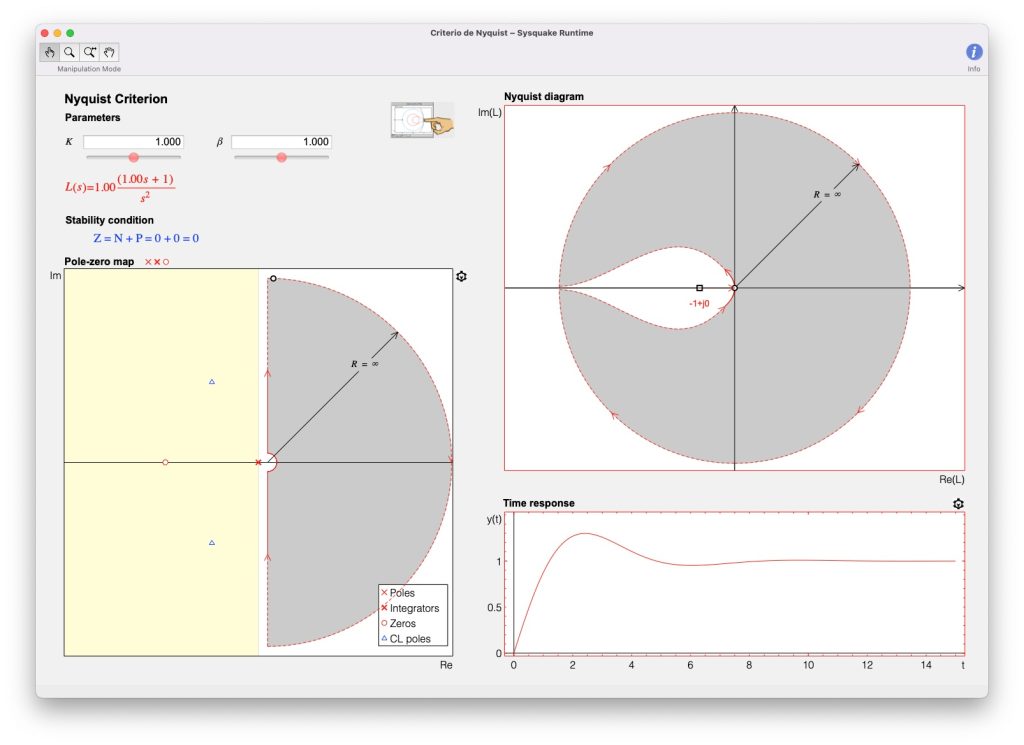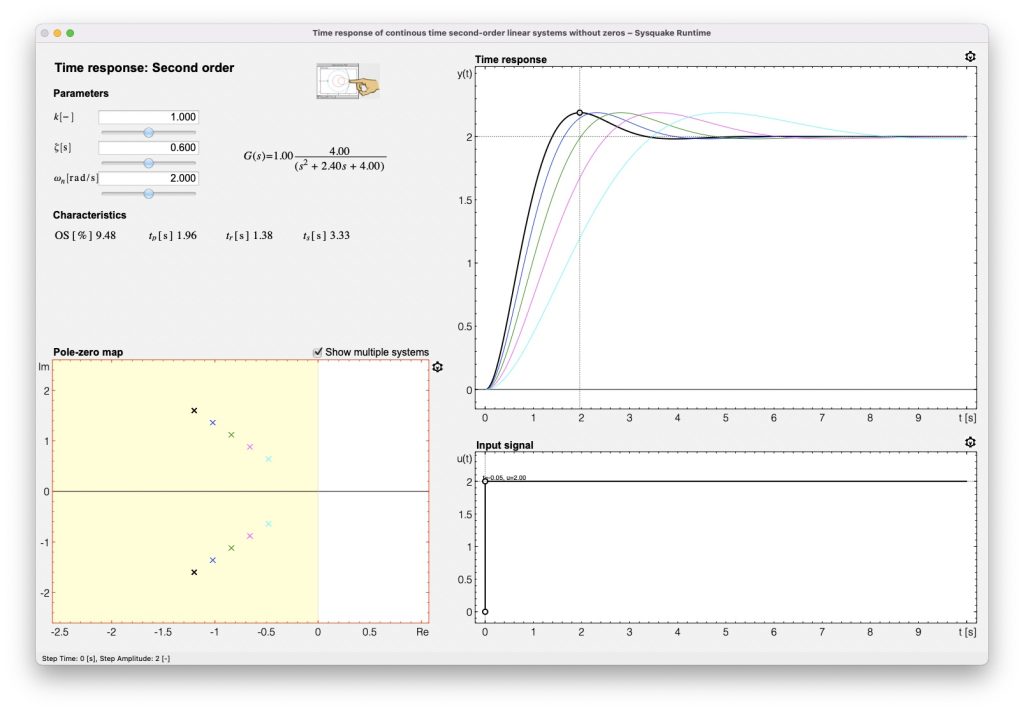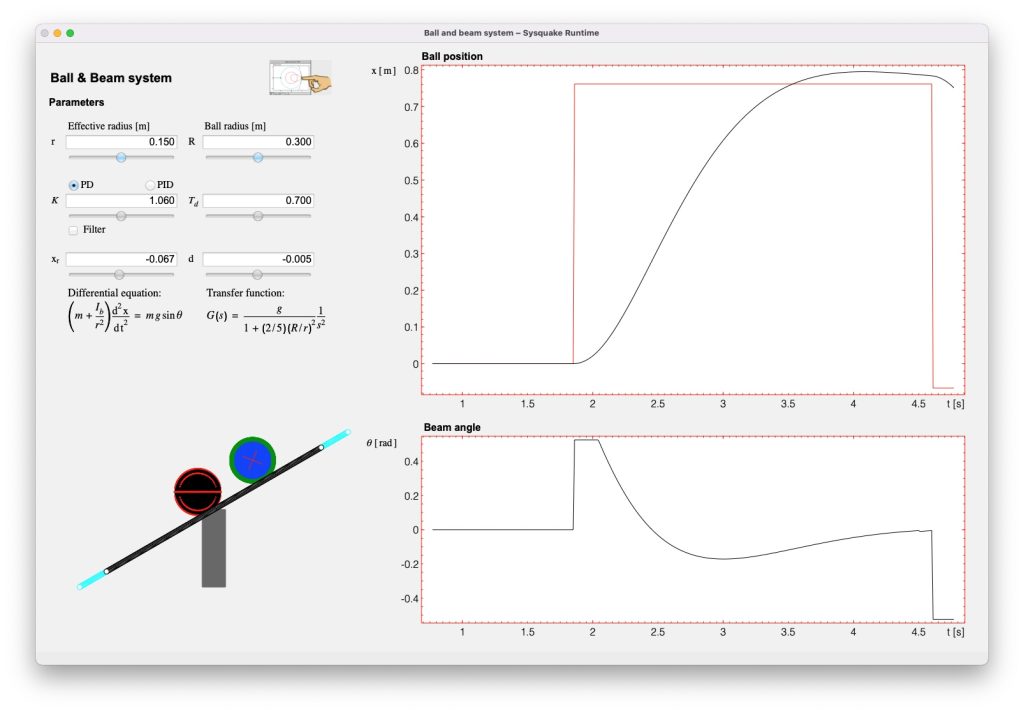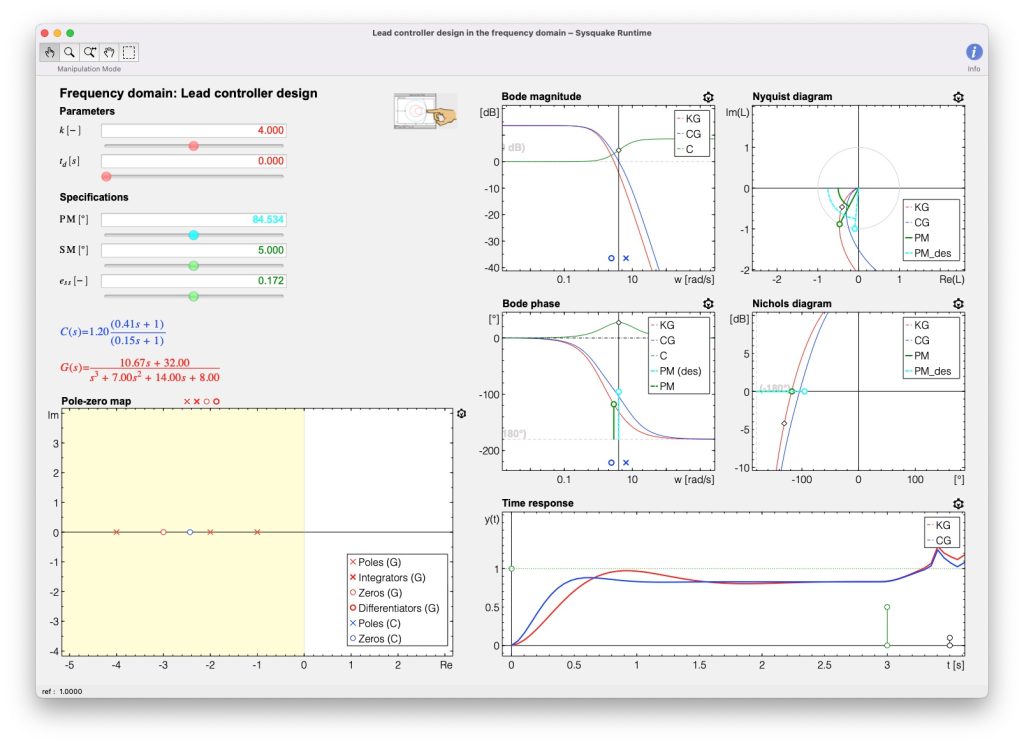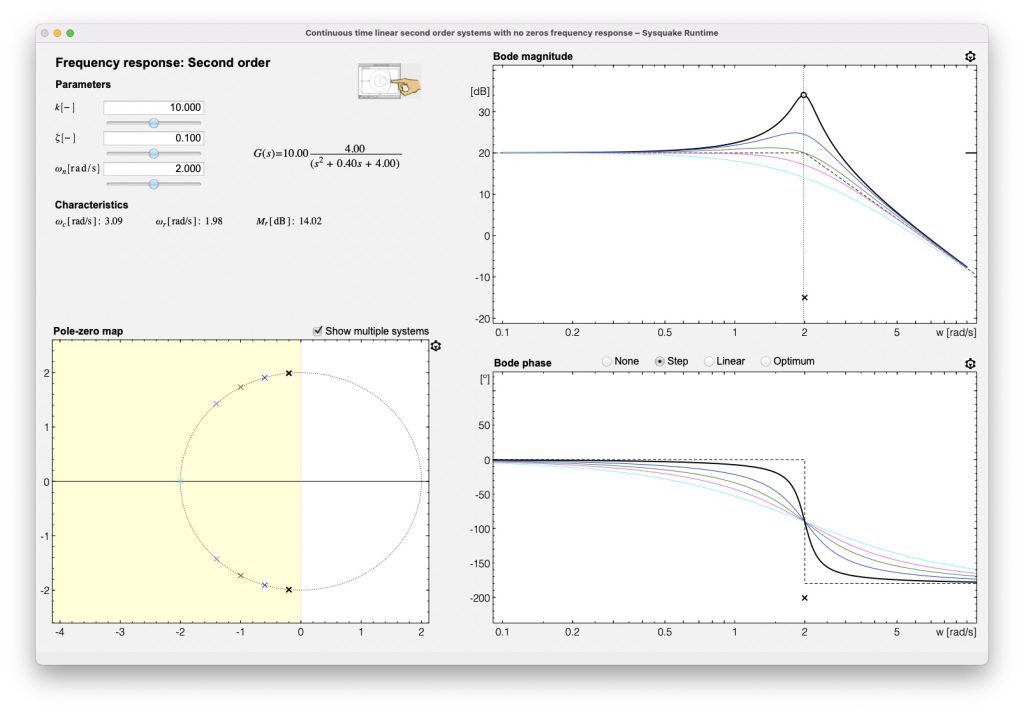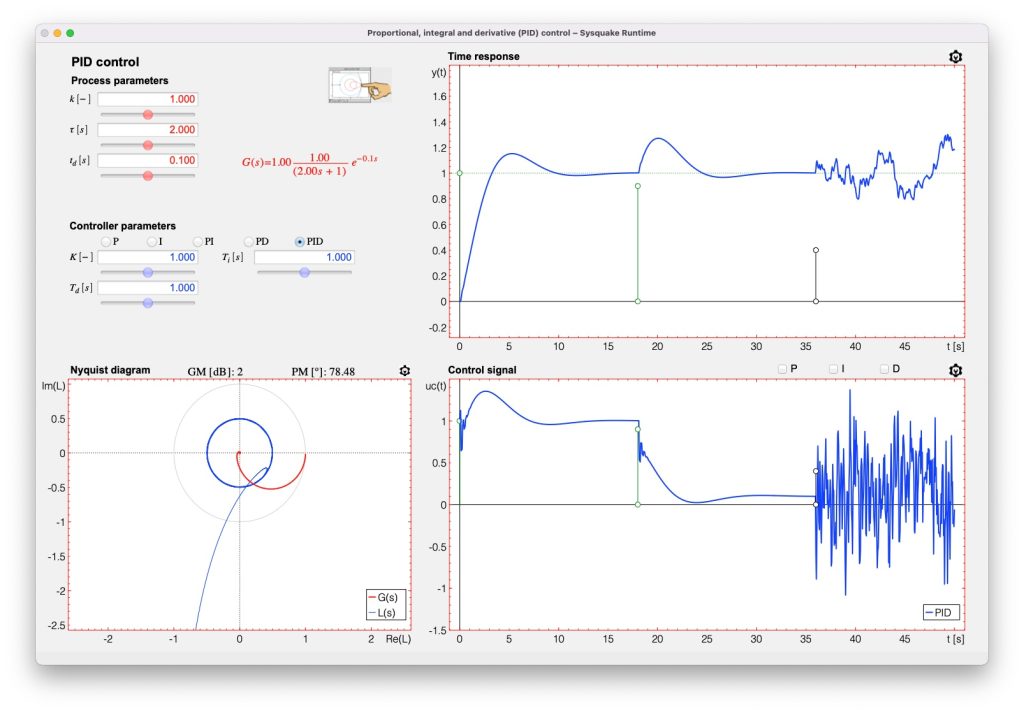Traditionally, all the information was presented as static text and formulas. In this way, the students’ motivation was difficult to enhance, being necessary turning to exercises or general questions in order to keep the students’ attention. Based on a traditional saying which expresses an image is worth a thousand words, the information presentation has been improved along the years, first with the use of slides, and after that using digital slides. These new elements are a great support to traditional education, being possible to improve by means of visualization; that is, the way of acting with explicit attention to potential specific representations in order to explain abstract concepts. This capability is currently well developed in the Computer Science field, where high quality 3D objects can be represented in a computer reaching a very good reality approximation. However, when one looks at some elements or graphics, it is usual to think: what can i do with it?, or how could this element be changed? That is, people look for some interaction with the graphic elements. A cause-effect relation is required where visual information is not enough, but also the available actions to be done are required. This feature of providing interaction to the elements is known as Interactivity. In this way, the previous traditional saying could be changed by Interactivity is worth a thousand images. Interactive tools are considered a great stimulus for developing the students intuition. They attempt to demystify abstract mathematical concepts through visualization for specifically chosen examples.
About us
We are a team of four Full Professors in the Control Engineering area who love education. For us, for us, education is one of the fundamental pillars of our society.




Our Interactive Tools
This link provides access to the Interactive Tools that complement our book. Interactive Tools are very powerful educational resources as support to learning and teaching. Theory and graphical results are connected by interactive simulations to facilitate the understanding of the underlaying concepts.
Gallery
